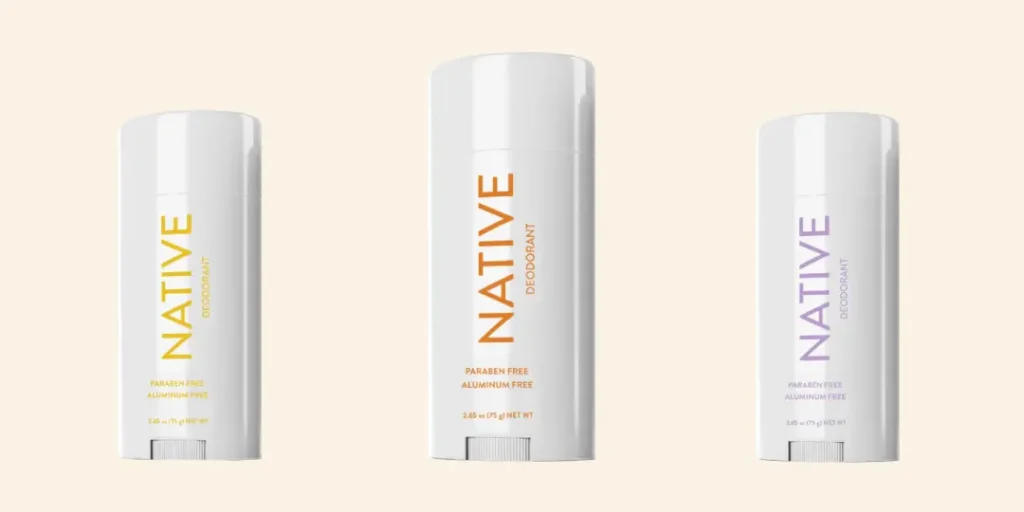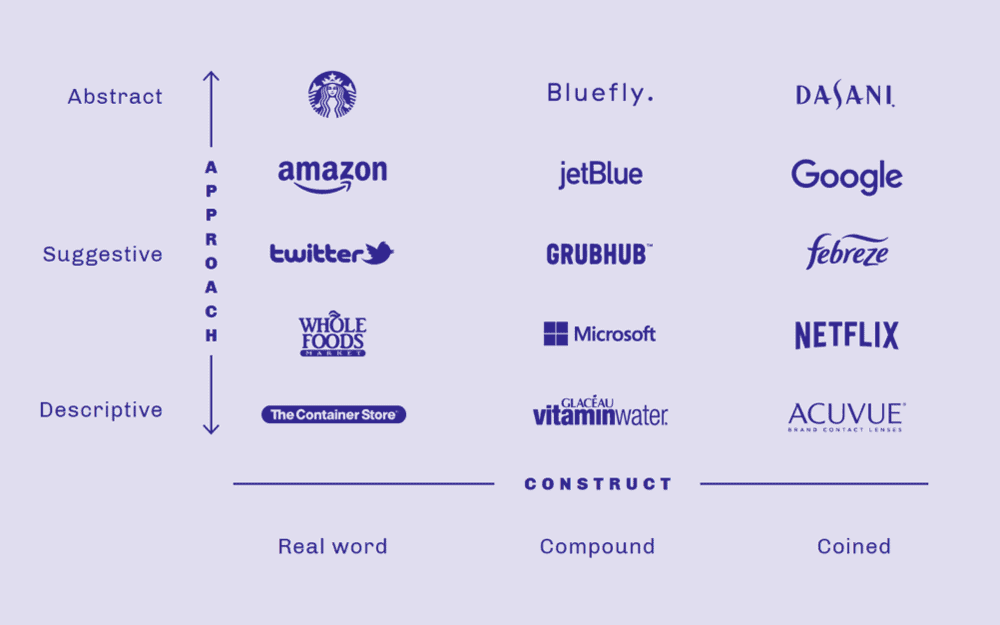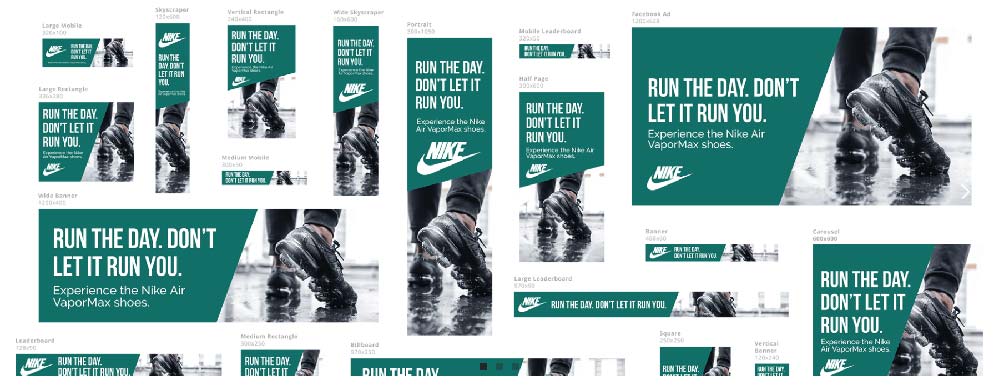11 Inexpensive Branding Strategies on a Budget
Have you ever felt that only big companies with huge marketing budgets can afford to have stellar branding? Think again. There are plenty of ways for even cash-strapped businesses to create a fantastic brand identity connecting with their audience; all it takes is imagination and know-how.
Throughout this guide, I will share various high-impact but inexpensive branding strategies that help differentiate you from the competition without breaking the bank. So fasten your seatbelts and prepare yourselves – because we’ll teach you how to become a boss at branding on a budget!
So what exactly is Branding & why does it matter?

Before saving money tips/tricks, let’s take a few moments to understand branding. It’s not just about having an eye-catching logo or catchy tagline – these are only parts. Everything customers experience while doing business with you falls under the more extensive umbrella term ‘branding’.
A well-crafted brand:
- Builds credibility + trust
- It makes you different from competitors
- Encourages customer loyalty + Recognition
- Drives consistent messaging + marketing efforts across platforms
In other words, Branding converts another faceless company into one people love… or hate. But either way — it’s unforgettable!
DIY Branding Strategies on a Shoestring Budget
Given that we agree about the great importance of branding, here are a few inexpensive ways to up your brand game without going broke.
1. Define Your Brand Positioning & Promise
The first step in any branding journey is figuring out how you’re different from everyone else and what that means for customers. It’s also arguably the most important one.
Ask yourself:
- What makes us truly unique? (Get specific!)
- What value do we provide that nobody else does?
- What kind of experience should people have with our brand?
Clearly state your brand’s position, its promise, and the core benefits delivered. This narrative will serve as a guiding star for everything else you do in the name of branding from here on out.
2. Research Your Audience & Competitors
Before you lock in your brand identity, take some time to dig into who exactly you’re trying to reach and what other companies might be vying for their attention.
Understanding what makes your customers tick lets you create messaging and visuals they’ll feel deeply connected to; meanwhile, finding white space among rival brands sets the stage for differentiation.
Aim to craft a brand identity that sets you apart and resonates with these ideal buyers' specific desires/needs.
3. Choose a Memorable Business Name

Often, an organisation’s moniker serves as its initial point of contact with prospects — so make it count!
Create a catchy name with meaning instead of settling for something bland or forgettable.
In general terms, good names are:
- Short (but not too short), snappy and easy to say/spell
- Relevant – reflecting both industry norms AND unique aspects related directly back to positioning statement(s)
- Distinctive – standing out from competitors’ titles while still feeling like part of the same conversation within broader category context(s)
- Potentially protectable – simple enough grammatically/tweaked visually so trademarks can be filed without running into too many issues later.
Don’t be afraid to think outside the box here either: try using evocative words, playful mashups or unconventional spellings — just make sure whatever’s going on beneath the surface aligns with who/what you’re all about.
4. Design an Eye-Catching Logo (Sans Hefty Fees)
You know what they say – you never get a second chance to make a first impression. That's why an impactful, well-designed logo is non-negotiable, even on a tight budget.
While you could splurge on hiring a pricey designer, plenty of affordable logo design tools put professional-quality logos within reach:
- Online logo makers with ready-made templates
- Logo contest platforms with dozens of designs to choose from
- Freelance designers offering reasonable package deals
- Simple vector graphic apps for ambitious DIYers
Just be sure your final logo design checks these key boxes:
- Appropriate for your industry/brand personality
- Scalable to different sizes (web, print, merch, etc.)
- Memorable and distinctive from competitors
- Versatile with varying variations of colour
With a stand-out logo secured, you've already levelled up your visual branding game!
5. Curate Your On-Brand Colour Palette
Colours have an incredible psychological impact and can heavily influence how your brand is perceived. So, put some thought into selecting your brand's core colour palette.
Don't just unquestioningly pick your favourite colours. Instead, consider which specific hues and colour combinations best capture the essence, emotion, and personality you want to convey.
For example, earthy greens and warm neutrals convey feelings of health, growth, and organic quality. Meanwhile, bold primaries like red tend to be more energetic and attention-grabbing.
Use online colour scheme tools to explore harmonious palettes with 1-2 core brand colours and complementary accent shades. And be sure to note the exact colour codes for consistency!
6. Consistency is Key (On All Channels)

We've covered visuals like your logo and colour palette – key branding elements. But delivering a unified, on-brand experience across all your channels seals the deal.
Everything from your website and social media to customer service interactions and physical storefronts/products should share a cohesive look, voice, and vibe that aligns with your brand identity.
That means using consistent:
- Graphics, fonts, colors
- Copywriting voice and tone
- Core messaging and values
Establish clear branding guidelines for your team, covering all your brand identity's visual and tonal details. Consistency breeds trustworthiness and brand recognition!
7. Leverage Budget-Friendly Print Marketing
Print marketing is still a potent branding tool – if leveraged strategically, despite our digital age. Even small investments here can yield significant results.
Think branded stickers, flyers, postcards, posters, vehicle wraps, banners, merch like shirts or totes, promotional giveaways, etc. Get creative and look for budget-friendly options!
Pro tip: Always include your logo, brand colours, and core messaging on any print marketing for maximum visibility and recognition.
8. Build a User-Friendly Website & Online Presence
Websites and digital platforms are the modern storefronts for businesses today. So, optimising your web presence for brand cohesion and an engaging user experience is a must.
Key website branding elements to prioritise:
- Domain name matching your business name
- Clean, mobile-optimised design reflecting your brand look
- On-brand colour scheme, fonts, graphics
- Compelling on-brand copy and messaging
- Links to active social media profiles
Don't break the bank with excessive customisation. Instead, opt for a professional but affordable drag-and-drop website builder like Wix, Squarespace or WordPress.
Your social media feeds should also integrate consistent branding through visuals, voice, and the overall content experience. Pay attention to these digital brand touchpoints!
9. Tell Your Brand Story Through Content

One of the most cost-effective ways to grow your brand presence? Publishing quality content educates, entertains, and provides value to your audience. It's the gift that keeps on giving!
Whether it's insightful blog posts, engaging videos, lead magnets like e-books, or addictive social media content, leverage your brand's unique expertise and personality to create content people want to consume.
The key? Weaving your brand narrative and core message throughout the content in an authentic, natural way – not through blatant self-promotion. Focus on helping and engaging your audience first.
Over time, sharing unique content establishes you as a trustworthy, reputable industry leader. Talk about an affordable way to build serious brand equity!
10. Partner with Complementary Brands
Here's an innovative branding tactic that delivers double the impact at half the cost – strategic co-branding through partnership marketing.
Seek non-competing brands with a similar audience but offering complementary products or services. Then, they can collaborate on co-marketing initiatives that mutually benefit both brands.
For example, as a health food brand, you could partner with a local gym on social media giveaways or co-host in-person events. Cross-promotion exposes businesses to new audiences and markets.
Added perk? With each partner contributing resources and splitting the budget, you're getting more bang for your branding buck.
11. Focus on Customer Service & Experience
In our digital era of rampant automation and impersonal customer interactions, delivering outstanding human service is an easy way for small brands to shine and differentiate themselves.
How can you incorporate exemplary service into your brand experience?
- Maintain an active, responsive presence on social media to address questions and concerns in real time.
- Solicit customer feedback and implement it to improve experiences
- Offer little “surprise and delight” touches like handwritten notes or small freebies
- Invest time in comprehensively training staff on your brand values, voice, and service standards
- Send personalised follow-ups after purchases to foster connection
These thoughtful little touches, powered by genuine care for your customers, cement powerful positive associations with your brand identity that keep people coming back.
Plus, in our hyper-connected digital landscape, wowing customers increases the likelihood of them raving about your fantastic service and organically amplifying your brand reach through word-of-mouth referrals. Talk about invaluable budget marketing!
Cultivating a Strong Brand Voice & Personality

We have already dealt with many elements of visual branding. However, creating a brand voice and personality that can be owned is just as crucial in connecting with your audience at a deeper level.
Consistent Tone, Language & Personality Traits
If your brand were a person, what core personality traits would it have? Is your brand:
- Fun-loving and clever?
- Refined and professional?
- Confident and inspiring?
- Approachable and friendly?
Pick out 3-5 distinct personality traits which best represent what your company stands for. Next, integrate these attributes into every aspect of branding: content creation strategies such as copywriting or design work should reflect them, too!
More importantly still, though, think about how you should phrase things to match the mood suggested by these words – because being consistent means:
Word choice and structure
- Bits of humour or sarcasm (if it suits the nature of the voice)
- Grammar rules (like contraction forms or idioms used)
- Levels of formality/informality
That’s right! Maintaining consistency across all channels where customers interact with brands ensures they never mistake whose ad they viewed or whose message came from.
Ultimately, an engaging brand personality does more than resonate emotionally with its target market – it also makes us love companies like no other! So try giving yours some pizzazz today.
Leveraging User-Generated Content (UGC)

In our social media-driven era, creative user-generated content (UGC) from your customers and audience is one of the most underrated yet precious branding tools.
Encouraging audiences to create and share content featuring your products or services provides:
- Fresh, low-cost content for your brand channels
- Social proof that builds serious brand credibility
- Customer loyalty and advocacy from feeling included
- A direct line into understanding your audience's interests
So, how can you inspire a steady stream of fan-made content? Run social media contests, use branded hashtags people can share UGC with, crowdsource caption contests, or even hunt down and re-share customer content already out there.
Just be sure to explicitly ask permission before re-publishing anything and extend a simple “thanks for sharing!” to contributors. Those little touches equate to affordable brand love!
Final Thoughts & Money-Saving Branding Wisdom
We've explored a veritable treasure trove of budget-friendly branding tips and tactics, so let's recap the key takeaways one final time:
- Start by clearly defining your brand purpose, position and target audience
- Develop a consistent, memorable identity through visuals and brand voice
- Focus on customer experience and value as much as aesthetics
- Leverage affordable tools and channels tailored to your brand identity
- Get scrappy and resourceful when it comes to content and co-promotion
- Always, always put genuine brand authenticity at the forefront
Ultimately, you can easily make up for what you lack in a massive marketing budget through thoughtfulness, creativity, and truly understanding your core customers.
Stay the course; a brand with heart and those intelligent, inexpensive strategies will transform your small business into an unstoppable brand powerhouse – pinky promise!
FAQs on Inexpensive Branding Strategies
What is the required budget for branding in a small business?
The amount can vary greatly depending on what you hope to achieve, your industry, and the resources available. Regarding marketing experts’ recommendations, spending 5-15% of projected revenue on marketing activities is good practice, with some percentage points dedicated specifically towards brand building. Costs for must-haves like logo design, website design, and print materials could start at $500 or increase to over $5000 if done professionally.
Is it worth investing in branding for small businesses?
Definitely! Strategic branding pays off in the form of:
More visibility & brand recognition
Ability to command premium pricing
Fostering customer loyalty, leading repetitive sales
Getting an edge over competition within saturated markets
Increasing marketing ROI across different channels
Even with limited resources, any business that wants to stand out, gain trust and grow steadily over time must do some branding.
What are the cheapest yet effective branding elements that should be prioritised?
Start by allocating most of your start-up capital towards nailing down basics such as logo design, branded website, social media handles, core print collaterals, e.g., business cards, and defining unique brand voice/messaging. These foundational pieces act as initial touchpoints for creating awareness about your company.
How can one brand be consistent without engaging professionals?
You can make DIY branding easier through affordable online tools and templates – look out for logo makers, brand guideline builders or stock art libraries aligned with the desired appearance. Document clear visual/voice guidelines so everyone knows what’s expected from them, even if they’re not designers.
Where do graphic designers charge low prices to serve clients who run small businesses?
If you’re looking to hire an artist but don’t want to break the bank, open freelancing accounts (e.g., Upwork/Fiverr) where quality freelancers can be filtered by price range. Alternatively, consider working with design students around the area, conducting logo/packaging contests, or employing AI-powered graphics software if cash is tight.
What cheap branding strategies have the most significant impact?
Focus on providing excellent customer service and use user-generated content as inexpensive yet powerful ways to build brands. Publish high-value content, run strategic co-promotions or find unique methods that foster consumer advocacy – these all create long-term branding effects without costing much money.
How can consistency in the brand be ensured as it grows?
Create detailed brand guidelines at the beginning covering every aspect of the visual identity system, voice development process, core messaging strategy, etc., then align all customer touch points accordingly throughout the growth phase; finally, carry out regular audits aimed at detecting resolving inconsistencies within branding materials used across different channels.
Can you track ROI on branding when the budget is limited?
For digital-based brands, one can utilise free web analytics tools to monitor website traffic numbers or conversion rates from various landing pages. At the same time, offline businesses may choose to survey customers about how their perceptions were influenced by any changes made during the re-branding exercise. Also, A/B can test different logos against each other to know which leads to more sales. Additionally, social media monitoring plus collecting feedback can give deep insights into cost-effective performance measurement for your brand positioning strategy.
Any suggestions for cost-effectively evolving existing brands?
Before implementing radical changes, take time to understand the reasons behind poor performance exhibited in the current identity. Analyse data collected during the evaluation process, such as Google Analytics reports, customer reviews, etc., benchmark against direct competitors, then develop simple tweaks like introducing new fonts into a logo design or updating the colour scheme before deciding whether a complete overhaul is needed.
How does branding tie into other marketing activities to drive organisational growth?
Having a solid unified image across the board enhances the success rate achieved through any promotional efforts undertaken by the company. This makes advertising more memorable, simplifying sales & and leads nurturing based on consistent messaging while clarifying who exactly needs to be targeted during the content creation phase, thereby saving many resources.
What types of uncommon marketing ideas can small businesses use?
Cheap tricks that work for brands with a local focus include creative locally-targeted out-of-home advertising (e.g. branded vehicle wraps), sponsoring local events/teams, running location-based social media campaigns and fostering community involvement.
Regarding branding, what is the worst mistake you could make?
It’s not good to be inconsistent because it weakens your brand. Always ensure that no matter how small the channel may seem, each customer touchpoint should reflect an authentic experience with your brand.
